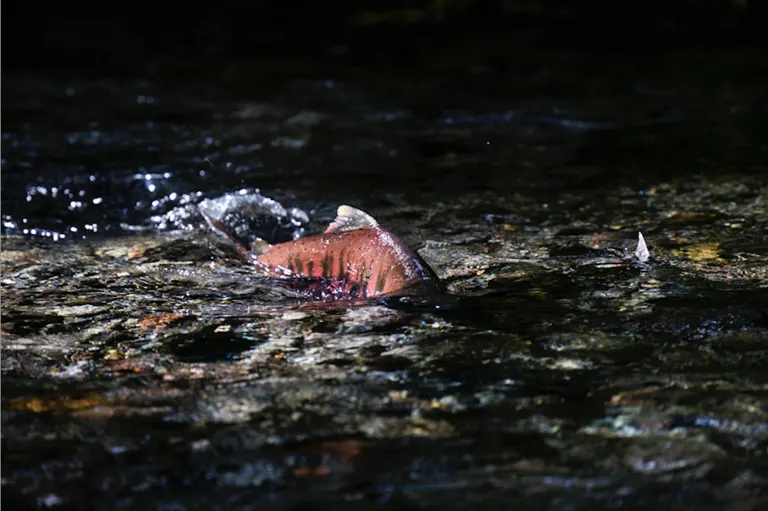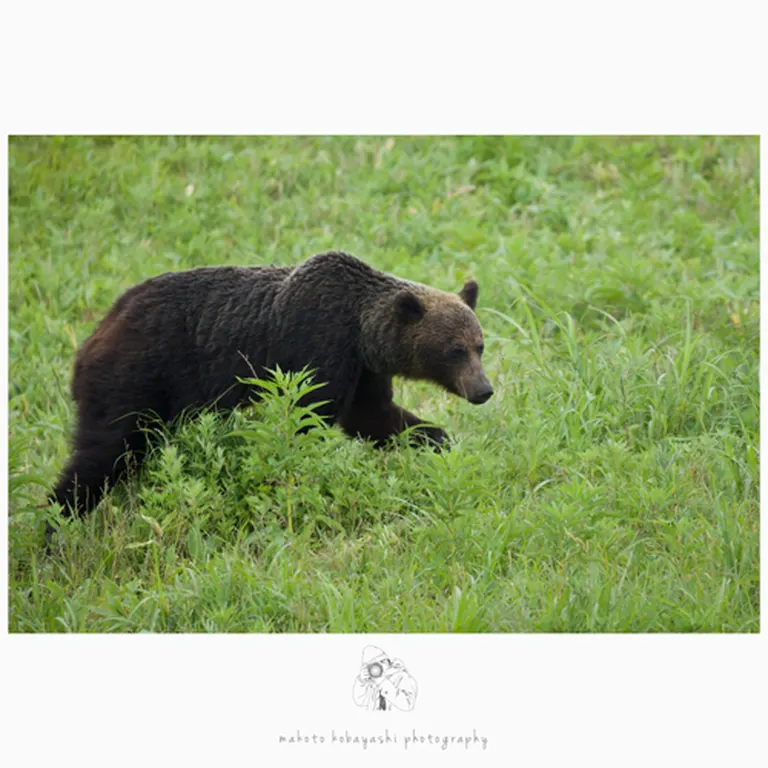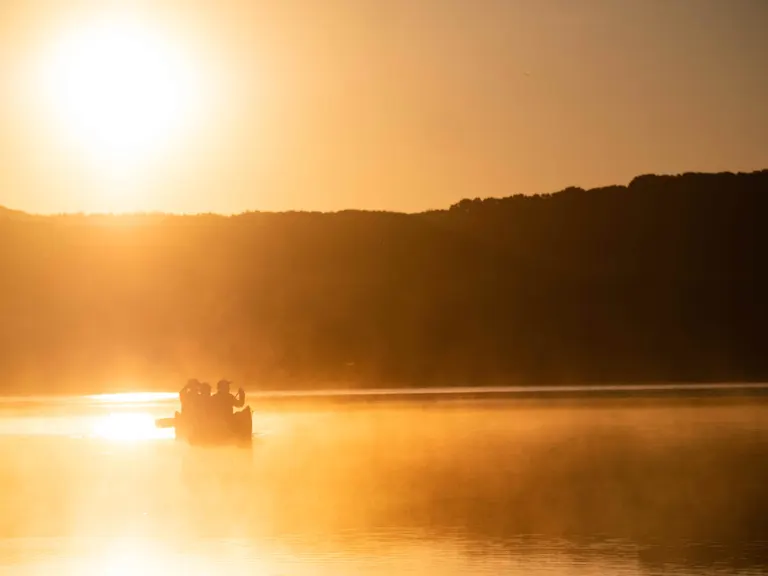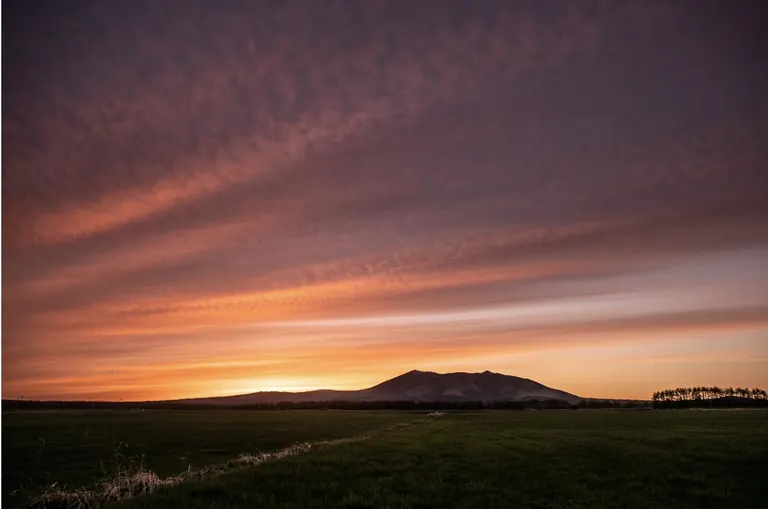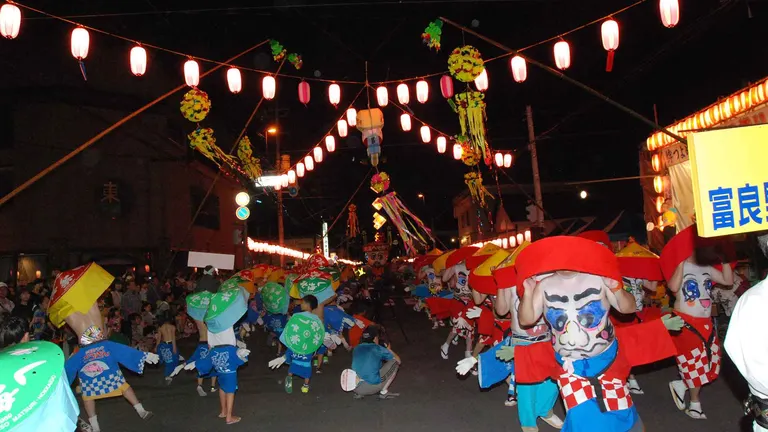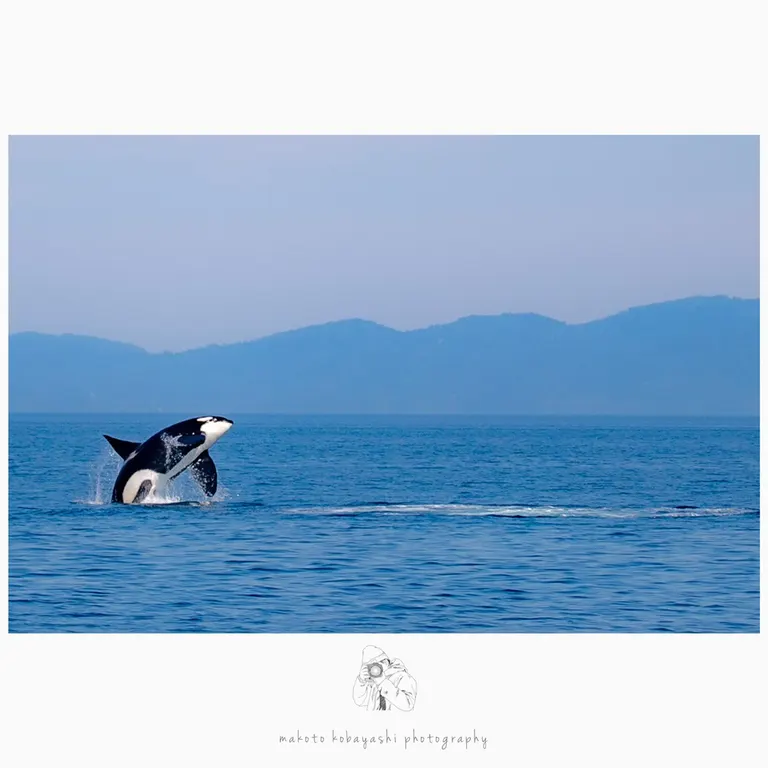!["Bekanbe collection" taking place in Lake Toro in Shibecha Town [Series "Nakamichi Tomohiro's Shibecha Weather (11)]|Domingo](https://p1-634a4370.imageflux.jp/w=768,f=webp:auto,q=78/https%3A%2F%2Fdomingo.ne.jp%2Fwp%2Fwp-content%2Fuploads%2F2022%2F09%2Fab7861fc50d6d17fee8cf00eef3e26de.jpg)
ARTICLES
"Bekanbe collection" taking place in Lake Toro in Shibecha Town [Series "Nakamichi Tomohiro's Shibecha Weather (11)]
Hello everyone. I'm Nakamichi Tomohiro from Shibecha Town. This is my second year in Hokkaido, and I'm looking forward to capturing as many subjects as I can this year that I wasn't able to photograph last year. "Shibecha Weather" is a column that conveys the charm of Shibecha Town from my perspective. Following on from the previous feature on Lake Toro, this time I'll talk about the "Bekanbe Collecting" that is being carried out at Lake Toro.
What is "Bekanbe" of Lake Toro?
Do you know what "Bekanbe" is? Bekanbe is the name of a plant that grows in Lake Toro and is also called "diamond fruit". The Ainu people of Toro used these diamond fruits as a preserved food, but the number of people who collect Bekanbe has decreased year by year, and there are only a few left. This time, I accompanied Mr. Tosa, who collects these rare Bekanbe.
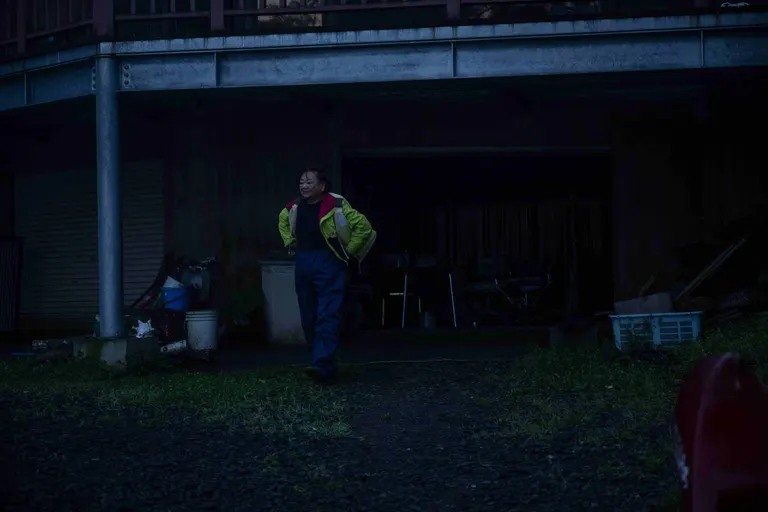
4am in the morning. Collecting becambe begins as soon as dawn breaks.
There is a reason why collection begins early in the morning - because the lake is often calm (without wind). Indeed, on this day, Lake Toro was foggy, but the lake was calm and very peaceful.
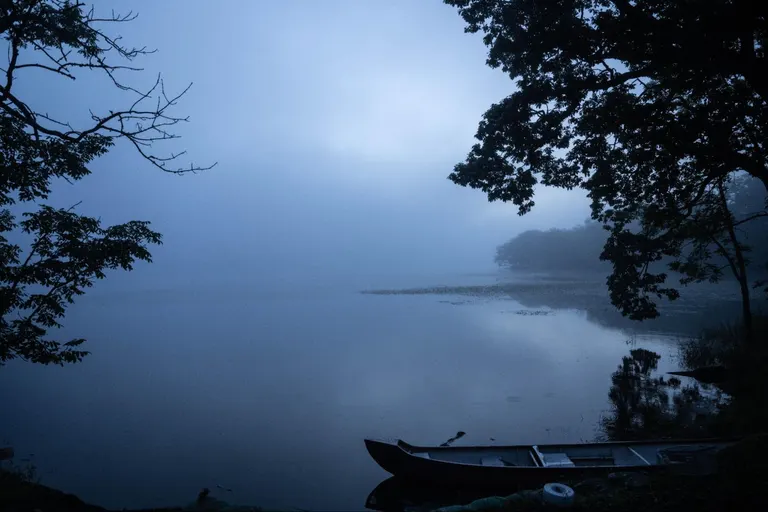
Lake Toro in the morning is shrouded in a silent mist. Bekanbe can be seen on the surface of the water in the background.
History of Became
There are various theories about how the bekanbe trees grew in Lake Toro. One story is that "long ago, a bekanbe tree that had nowhere to go asked the gods of Lake Toro for permission to live there, and in return became food for the Ainu people living in Toro," and another is that "when the bekanbe tree clung to the back of a bear and swam in the lake, it liked the lake so much that it began to live there." These bekanbe trees play a very important role for the Ainu people of Toro.
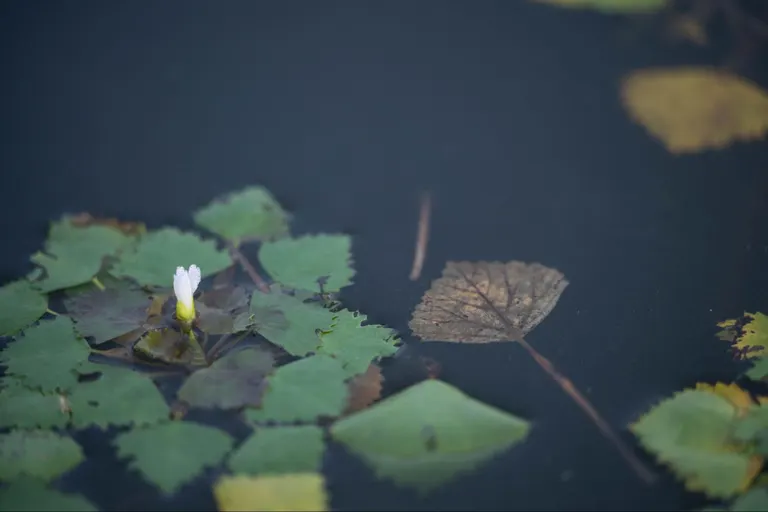
Bekanbe flower. Fruits grow on the underside of the leaves floating on the water surface like this.
Becambe harvested the traditional way
Well, the becambe collection has finally started. I wondered how they would collect them, and it turned out to be a very classic method. They went by boat and picked them by hand. Then they put the fruit they picked in a basket. That was really all there was to it.
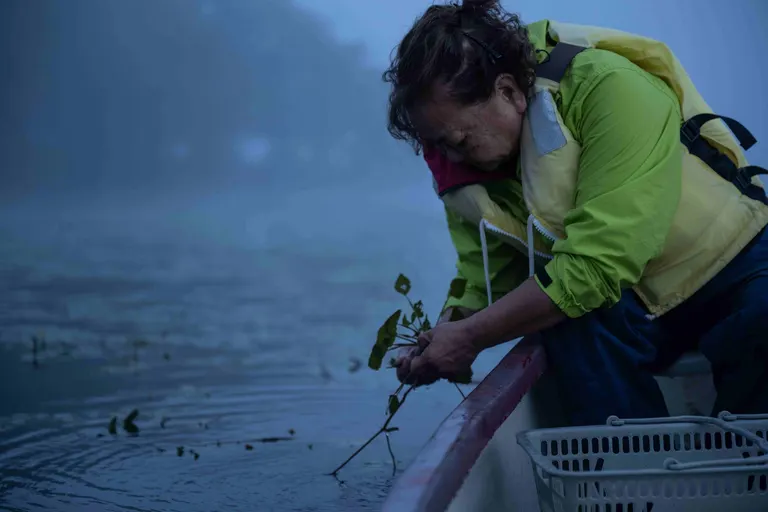
Mr. Tosa collecting bekanbe
It's a really classic and simple method, but I was really impressed. When I asked, I heard that in the past, there had been suggestions to use nets or other more efficient methods, but in order to avoid uprooting the becambe plants and putting a strain on the environment, they decided to use this method of picking them by hand.
I was really impressed by how low-impact the canoe approach was, and how collecting by hand is also a very low-impact method, especially in this day and age when technology has advanced so much. This activity of collecting only what is needed, with as little strain as possible on the environment and its surroundings, is in keeping with the spirit of the modern SDGs.






